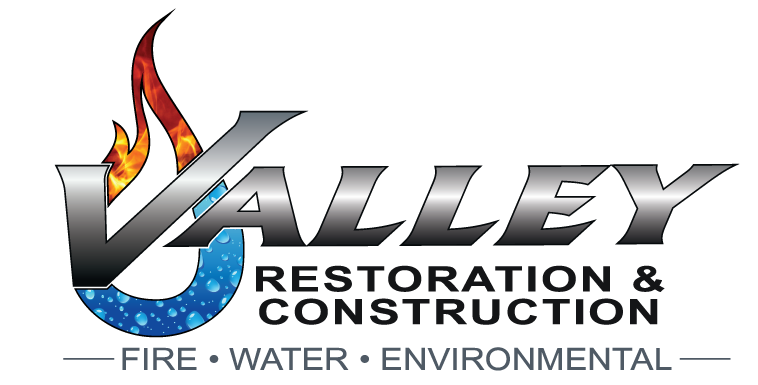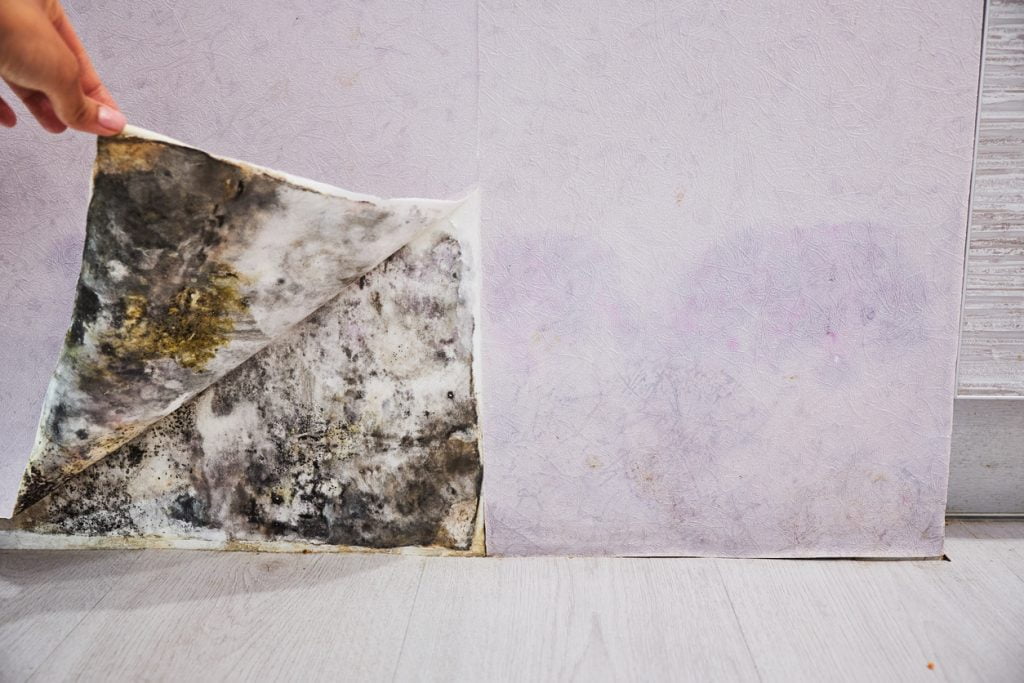Mold is inevitable. Most homes have mold spores, and it’s almost impossible to completely eradicate them.
A little bit of mold is usually harmless. But if your home becomes a breeding ground for mold spores, they’ll start growing and colonizing areas you might never have thought possible.
Cleaning up mold spots immediately is a safe way to take care of the problem. But mold can squeeze into and survive in places that go unnoticed until it’s too late.
If you notice any suspicious smells, stains, or signs that suggest mold has taken residence in your home, our mitigation and remediation company is here to take care of your mold infestation.
But mold can be clever at hiding itself. How can you notice it if you don’t even know it’s there? Let’s take a look at the most unexpected places it can grow, to ensure your home is safe and clean.
What Does Mold Need to Thrive?
Mold needs five things to thrive: mold spores, oxygen, warmth, moisture, and a dark environment. If these conditions exist, mold will start expanding and settling in various areas of your home, often hidden.
Kitchens, Bathrooms, and Mold Go Hand-in-Hand
Kitchens and bathrooms are particularly susceptible to mold, as they are often damp and warm: two prerequisites that favor mold survival and growth.
Dark and Damp Spaces
Kitchens and bathrooms have several dark spaces where mold can hide, including under the sink, in closets, in cupboards, and behind counters.
If there is even the slightest pipe leak under your sink, water will stagnate. Combined with residual heat, this will create a perfect breeding ground for mold.
Showers
Showerheads and curtains stay wet for long periods of time, which favors the buildup of mold. A bathroom mat stays humid and wet after every shower. Even a toothbrush holder stays damp and can attract mold.
Refrigerator and Washing Machine
Refrigerator drip pans can attract mold if water, dirt, and bacteria stay stagnant. Mold can also grow on a washing machine’s door seal, as it stays damp and humid between washings.
Towels
If you put away your towels before they dry thoroughly, you might be asking for trouble: mold could grow between your towels, with the potential to spread into the rest of your linens.
Easy Solutions
To avoid the buildup of mold, the best thing you can do is dry your kitchen and bathroom as much as possible:
- If you have a window, open it up to ventilate the room and let out the humidity.
- Clean your refrigerator’s drip tray regularly and open your washing machine’s door to let it ventilate and dry between washings.
- Check under the sink for pipe leaks and fix them immediately.
- The most effective advice is to try and keep your belongings dry and clean to stop the development of mold.
Carpets
If your carpet smells musty or has stains and discoloration, you probably have a mold problem. Mold spore growth is helped along by dust, dirt, and skin cells found in carpets, which act as a source of nutrition for them. Also, carpets lock in humidity thanks to their fuzzy composition.
Carpets need to be vacuumed regularly to suck away bacteria, dirt, dust, and pet dander. This will leave behind less food for mold to feed on.
Cleaning your carpets with an appropriate carpet detergent can be helpful, as long as you dry it thoroughly: any residual humidity will help the mold growth cycle. Likewise, if there is a water spill, dry it immediately to stop mold from growing.
Walls, Drywall, Wallpaper, and Floors
Walls, drywall, and wallpaper can hide mold.
If your wall is displaying discoloration and swelling, it probably means you have humidity and mold behind.
Likewise, wallpaper can hide mold. Mold feeds on the cellulose found in wallpaper. If your wallpaper is peeling, you probably have a mold growth problem.
Be careful when you remove the wallpaper! You may be releasing mold spores into the air. It’s best to leave it to experts, who will clean the area first and disinfect it.
Any water leak can go undetected under your floorboards. As water accumulates, mold does too. It’s difficult to check under your floor for any leaks. By the time you notice a problem, the damage has been done, and you’ll need a mitigation and restoration company to take care of your water and mold problem.
Attic: Be Careful What You Store
Our attics are filled with items we haven’t touched in years. Toys, important papers, and furniture can all become infested with mold.
Paper—just like wallpaper—is made of cellulose which mold feeds on. If your attic is too humid, mold spores will develop and will find cellulose to feast on. Books are particularly susceptible to this. Similarly, toys and furniture can become overrun with mold if they aren’t cleaned regularly.
Make sure your attic is cleaned frequently and well ventilated. Ensure it is properly insulated, and that there are no roof leaks or other humidity issues.
Doors and Windows
Condensation can build on window sills and around doors, especially in winter. This condensation offers a perfect humid environment for mold to build up.
The best you can do is clean the condensation. If you can afford it, invest in good insulation, which will prevent condensation and help keep humidity and cold from entering your home. If you see mold developing on your window sill, clean it immediately.
If you see the problem persists and expands, it’s time to call in the experts.
Stopping Mold from Building up
The only way to stop mold is to give it as little space as possible to grow. For homeowners, this means keeping your house clean and dry.
A dehumidifier will not solve your mold problem, but will take away the humidity that mold spores love. By having relatively dry ambient air, mold will find it harder to develop and expand. Dehumidifiers don’t kill mold, but they do prevent its growth.
When you are cleaning, make sure to dust and vacuum so you don’t offer mold any breeding and feasting grounds.
If, however, you see serious mold damage, it’s best to call an experienced mitigation and remediation company, which will sterilize and disinfect the area, fix the problem, and provide you with a clean and healthy home environment.

